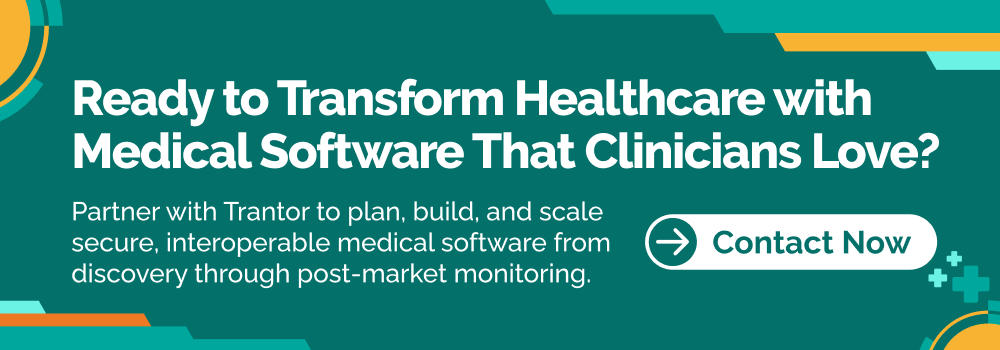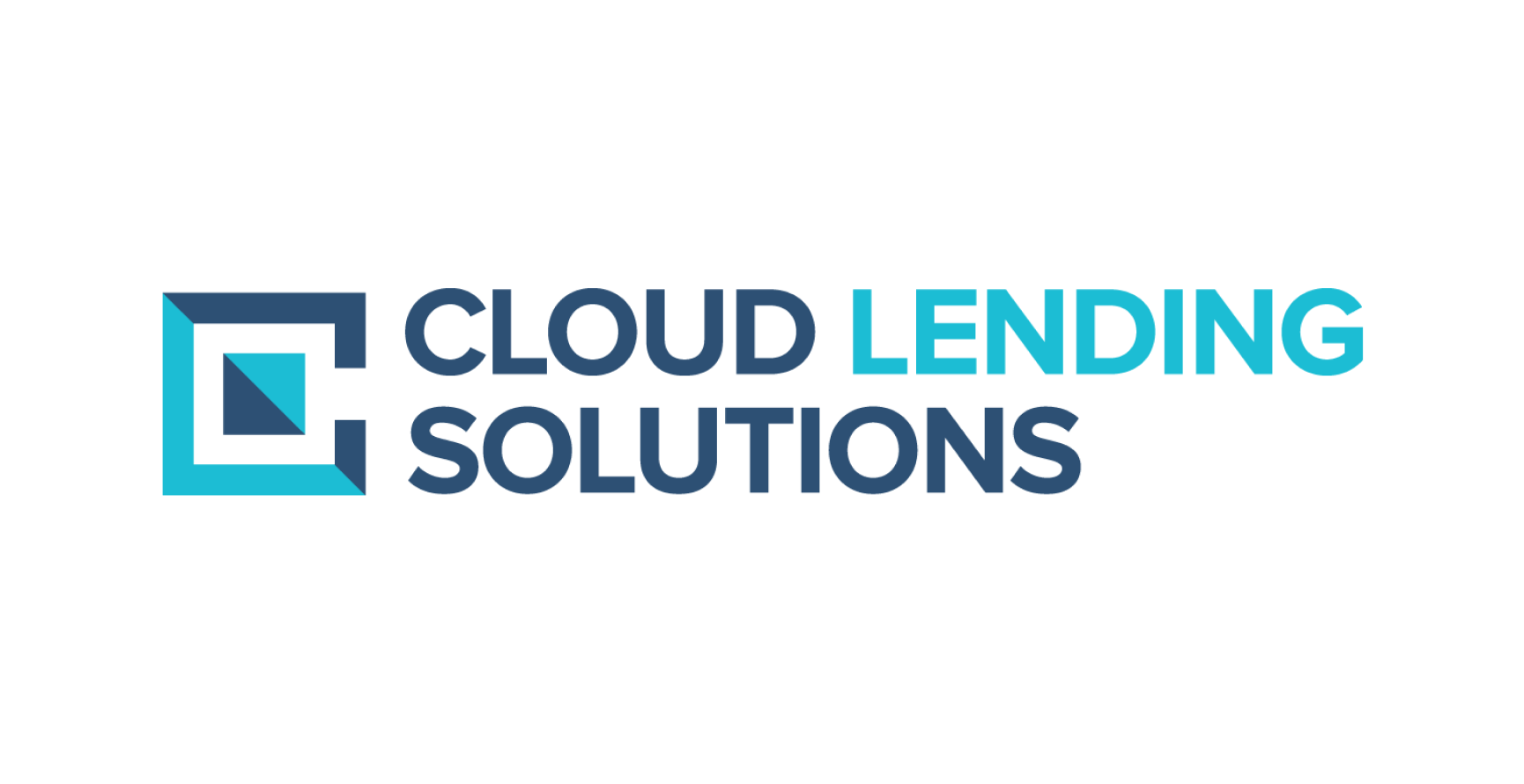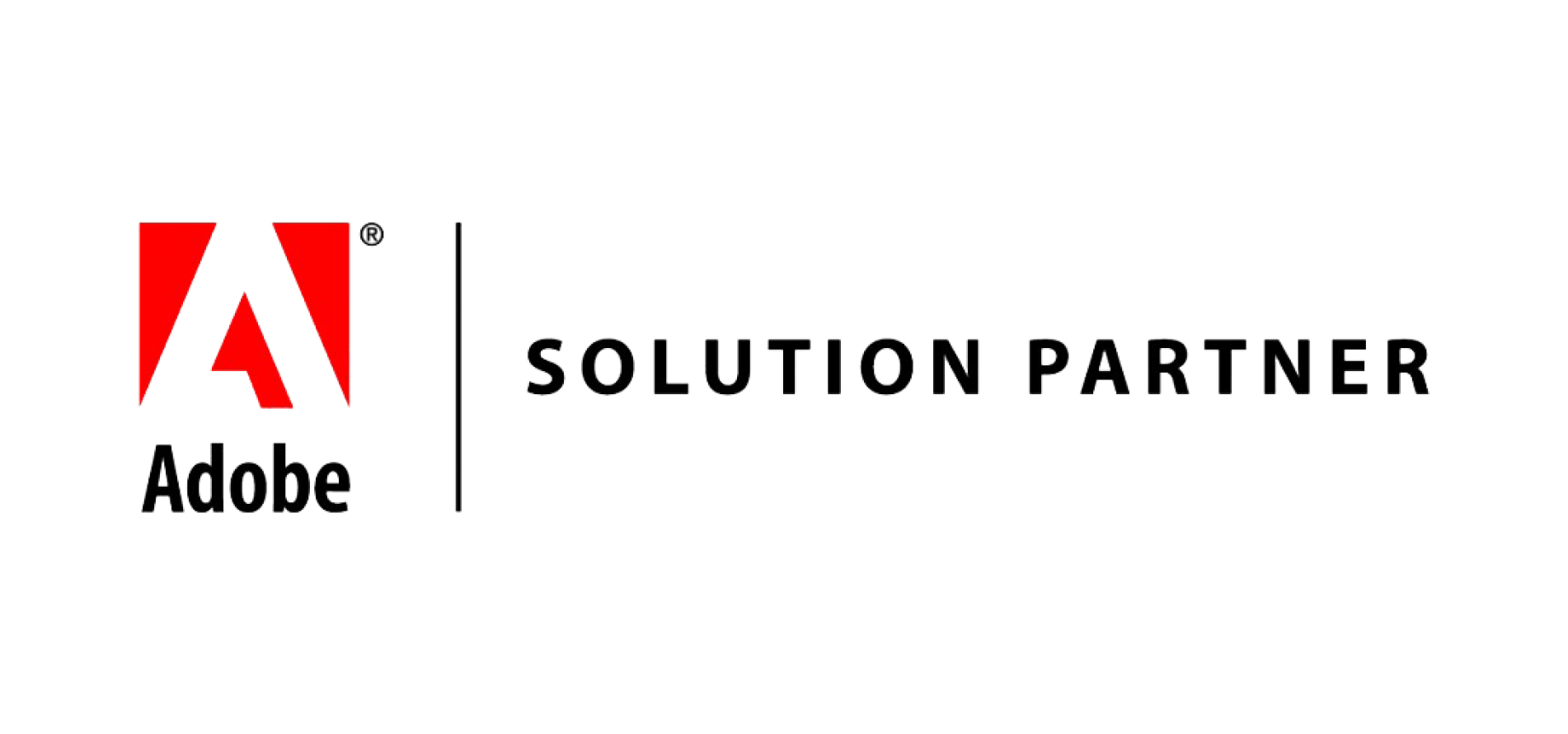Software Development, zBlog
Medical Software Development 101: A Practical Guide for U.S. Healthcare Teams (Compliance, FHIR, ROI)
trantorindia | Updated: October 31, 2025

Medical software development is more than writing code. It is the careful design, build, validation, and ongoing improvement of digital tools that handle protected health information (PHI), fit into complex clinical workflows, integrate with EHRs, meet strict safety and privacy standards, and still deliver measurable ROI. In this guide, we’ll walk through the lifecycle, compliance requirements (HIPAA, FDA, IEC 62304), interoperability (HL7® FHIR®), security, UX for clinicians and patients, data governance, AI/ML, testing/validation, launch, and post-market monitoring. You’ll also get practical checklists, role maps, timelines, cost drivers, and real-world examples from provider, payer, and medtech contexts.
What Is Medical Software Development?
Medical software development is the process of designing, building, validating, deploying, and maintaining software that supports clinical care, health administration, population health, or medical device functions. It includes:
- Clinical systems: EHR modules, order entry, e-prescribing, PACS/VNA viewers, LIS/RIS.
- Care delivery & access: Telehealth/virtual care, patient portals, secure messaging, RPM dashboards.
- Decision support & analytics: Clinical decision support (CDS), risk stratification, quality measures, registries, population health platforms.
- Medtech & SaMD: Software in or as a medical device (SaMD), imaging algorithms, digital therapeutics.
- Operations & revenue: Scheduling, prior auth, claims, RCM, utilization management.
- Public health & interoperability: HIE connections, FHIR APIs, health data exchange and consent.
Related search keywords you can naturally integrate:
- healthcare software development, HIPAA-compliant software, medical device software, SaMD, HL7 FHIR integration, EHR integration, telemedicine app development, RPM platform, clinical decision support, healthcare data security, HITRUST, SOC 2, FDA software validation, IEC 62304, USCDI, SMART on FHIR, consent management, patient identity matching.
Why It’s Different From “Regular” Software
- Patient safety risk: Bugs can contribute to clinical errors. That changes your risk management and validation approach.
- PHI and privacy: Handling PHI triggers HIPAA rules, BAAs, minimum necessary, audit logging, and breach reporting.
- Regulatory control: For SaMD and some decision support, FDA expectations apply, including design control and post-market surveillance.
- Interoperability constraints: Healthcare data must map to standard vocabularies and FHIR resources, and must flow into/out of EHRs.
- Complex workflows: Clinicians are time-poor. If your app clicks too much or interrupts flow, it will not be used.
- Change management: Even small UI changes can drive retraining needs and safety risk assessments.
Core Types of Medical Software (With Practical Notes)

1) EHR Extensions & Integrations
- Common goals: Close workflow gaps, surface context-aware insights, automate documentation.
- What to watch: Epic/Oracle Health/athena integration models, SMART on FHIR, OAuth 2.0, launch contexts, audit trails.
2) Telehealth & Virtual Care
- Features: Video visits, asynchronous consults, secure chat, e-prescribing.
- Compliance: HIPAA-capable video, BAAs with vendors, identity verification, informed consent capture.
3) Remote Patient Monitoring (RPM)
- Stack: Connected devices + ingestion layer + clinician dashboard + alert rules + billing support.
- Traps: Device connectivity reliability, clinical escalation pathways, false alarms, clinician alert fatigue.
4) Imaging & Diagnostics
- Components: DICOM, PACS/VNA, zero-footprint viewers, AI overlays.
- Regulated AI: If influencing diagnosis, expect SaMD classification and validation rigor.
5) Clinical Decision Support (CDS)
- Spectrum: From non-medical “guidance” to regulated “diagnostic suggestions.”
- Guardrails: Transparency, up-to-date evidence, override logging, human-in-the-loop.
6) Patient Apps & Digital Therapeutics
- UX priorities: Onboarding, literacy, accessibility, multi-language, offline resilience.
- Data: Consent UX, sharing preferences, reminders, adherence strategies.
7) Payer & Administrative Systems
- Use cases: Prior authorization, utilization management, claims edits, cost transparency.
- Interoperability: CMS interoperability rules, payer-provider data exchange, FHIR PDex.
U.S. Regulations & Standards
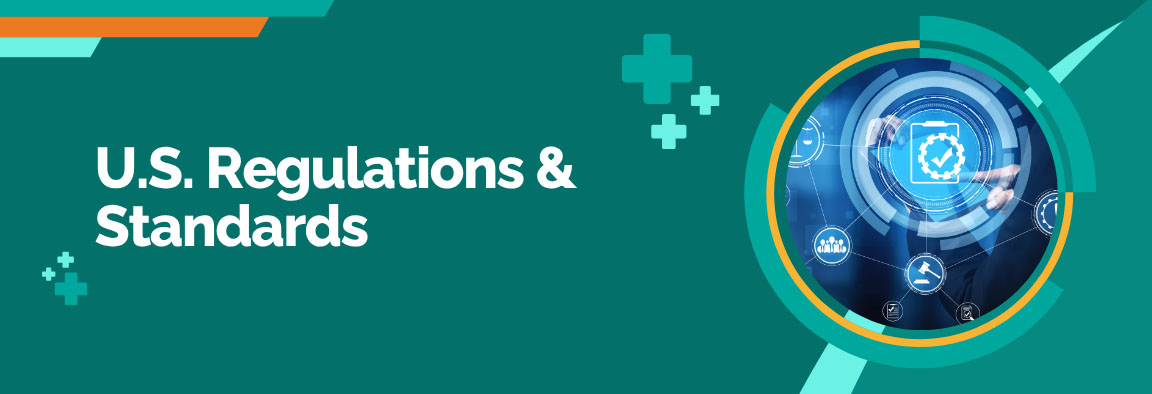
HIPAA + HITECH (Privacy, Security, Breach Notification)
- BAA with any vendor handling PHI.
- Administrative/Physical/Technical safeguards: Access controls, encryption in transit/at rest, audit logging, training.
- Minimum necessary: Only store/process the PHI you truly need.
21st Century Cures Act & ONC Info Blocking
- Access & interoperability: Patients and authorized apps should access their EHI via APIs (often FHIR R4).
- USCDI: Defines a core set of data elements to be exchanged.
FDA (for SaMD and some CDS)
- When it applies: If your software diagnoses, treats, or prevents disease without being part of a hardware device, it may be SaMD.
- Implications: QMS/documentation, risk classification, design control, verification/validation, post-market monitoring.
IEC 62304 (Software Lifecycle for Medical Devices)
- Maps your SDLC to medical device expectations. Emphasizes risk management, traceability, and testing rigor.
ISO 14971 (Risk Management)
- Identify hazards, estimate risks, implement controls, verify effectiveness, and monitor post-market.
ISO 13485 (QMS for Medical Devices)
- Quality management system framework, change control, supplier management, CAPA.
HITRUST & SOC 2 (Security Assurance)
- Not legal requirements, but powerful assurance frameworks for payers/providers assessing vendors.
Accessibility & Civil Rights
- Section 508 and WCAG 2.2 targets support for users with disabilities.
- Language access: Offer plain-language options and translated materials where applicable.
Takeaway: Decide early which regimes apply (HIPAA only vs HIPAA + FDA device/SAmd) and set your documentation, testing, and release practices accordingly.
Interoperability: HL7, FHIR, SMART on FHIR, and Vocabularies
HL7 v2 vs FHIR
- HL7 v2: “Pipes and hats” messages in older hospital systems—still everywhere.
- FHIR R4/R5: Resource-based REST APIs, modern developer experience, OAuth 2.0/SMART profiles.
SMART on FHIR
- App launches inside the EHR with secure OAuth, gets patient/context tokens, and retrieves FHIR resources with user consent and scopes.
Vocabularies & Codes (Don’t Skip These)
- SNOMED CT (clinical terms), LOINC (labs/observations), ICD-10-CM (diagnosis coding), CPT/HCPCS (procedures), NDC/RxNorm (meds).
- Why it matters: Clean mapping reduces reconciliation pain and improves analytics and interoperability.
TEFCA & HIEs
- National framework for trusted exchange, complementing regional/national HIEs. Useful for obtaining outside records with patient authorization.
Security & Privacy by Design (Developer-Friendly Checklist)

Design phase
- Data minimization and PHI isolation.
- Threat modeling (STRIDE) and abuse-case analysis.
- Role-based access (RBAC/ABAC), least privilege, session timeouts.
- Consent UX, parental/guardian flows, granular data-sharing preferences.
Implementation
- Encryption: TLS 1.2+ in transit, AES-256 at rest; managed keys (KMS/HSM).
- Secrets: Rotate credentials; no secrets in repos; short-lived tokens.
- Logging: Structured logs, PHI scrubbing, unique user IDs, trace IDs.
- Input validation: OWASP Top 10, parameterized queries, output encoding.
- Mobile: Keystore/Keychain, device attestation if feasible.
Operations
- BAAs with cloud vendors on HIPAA-eligible services.
- Network segmentation, private subnets, WAF, IDS/IPS, EDR, SIEM.
- Dependency scanning, SAST/DAST, container scanning, SBOMs.
- Disaster recovery (RTO/RPO), tested backups, runbooks.
- Annual security training, phishing simulations, vendor risk management.
Architecture Patterns That Work in Healthcare
Reference architecture (high level):
- Edge: Mobile/web clients (patient, clinician, admin).
- API gateway: Rate limiting, auth, request validation.
- Microservices or modular monolith: Clear boundaries (auth, patient, orders, messaging, billing, reporting).
- Data layer: PHI partitioning, row-level security where possible, event store for auditability.
- Integration layer: FHIR server, HL7 interface engine, EHR app launch service, mapping/terminology service.
- Observability: Centralized logging, tracing, metrics dashboards; SLOs with error budgets.
Design tips
- Prefer event-driven patterns for auditability and decoupling.
- Build an internal terminology service for code mapping (SNOMED, LOINC).
- Cache aggressively for read-heavy FHIR calls, with strict TTLs and cache-busting on updates.
- Offline-first for community health and home health workflows.
Development Lifecycle, Validation, and Documentation (Step-by-Step)

1) Discovery & Risk Framing
- Stakeholder mapping: clinicians, nurses, MA, front desk, IT, compliance, revenue cycle.
- Problem hypothesis and “hazard analysis lite” even if not a device.
- Value hypotheses aligned to clinical outcomes and costs (e.g., reduce no-shows by 20%).
Deliverables: Problem statement, high-level workflow map, risk register, success metrics, regulator map (HIPAA only vs HIPAA+FDA).
2) Requirements & UX Research
- Contextual inquiry: shadow clinical workflows, count clicks, document decision points.
- Patient research: literacy, device access, language, accessibility needs.
- Define MVP scope and guardrails (what the product will never do).
Deliverables: PRD, user stories with acceptance criteria, wireflows, design system tokens, content style guide (plain language).
3) Technical Architecture & Data Design
- Choose cloud with HIPAA-eligible services and private networking.
- Define FHIR resources used (e.g., Patient, Observation, MedicationRequest).
- Create data lineage and retention policies; decide what to de-identify vs retain.
4) Build & Traceability
- Use tickets that trace to requirements → code → tests → validation artifacts.
- Feature flags for safe rollouts; infra as code (Terraform).
- Automated unit, contract, and integration tests. Clinical workflow tests scripted early.
5) Verification & Validation (V&V)
- Verification: Did we build it right? Spec compliance, test coverage, security scans.
- Validation: Did we build the right thing? Usability testing with clinicians/patients, scenario walkthroughs, dry-runs.
For SaMD: IEC 62304 class assignment, design control, risk management traceability, usability engineering (IEC 62366), performance benchmarks.
6) Pre-Launch Readiness
- HIPAA security risk analysis, gap remediation.
- Data migration dry-runs, rollback plan, cutover checklist.
- Training materials: quick-hit videos, tip sheets, in-EHR contextual help.
7) Controlled Rollout & Post-Market Monitoring
- Canary release with a pilot clinic; measure baseline vs post metrics.
- Track safety signals: near-miss reports, alert override patterns, escalation time.
- Release notes with change impact; capture user feedback loops.
Testing in Healthcare: What “Good” Looks Like

Functional tests: FHIR resource CRUD, HL7 message handling, rules engines.
Performance tests: Peak clinic hours, video uplink/downlink, device bursts.
Reliability: Downtime drill, failover to secondary region, queue backpressure.
Security: SAST/DAST, dependency vulns, pen tests, secrets rotation rehearsal.
Usability: Time-to-task, error rates, cognitive load checkpoints, readability level.
Accessibility: WCAG 2.2 AA checks, screen reader flows, color contrast, keyboard nav.
Clinical safety drills: Alerting scenarios, wrong-patient protections, order entry checks.
Data quality: Code mappings, deduplication, MPI false match prevention.
Data Governance & Patient Identity
- Consent & purpose: Capture consent states and purpose-of-use; respect revocation.
- Master Patient Index (MPI): Probabilistic matching, deterministic rules, manual resolution queue.
- Data lifecycle: Retention, archival, legal holds, right of access/export.
- De-identification: HIPAA Safe Harbor or Expert Determination for analytics/AI.
- Auditability: Immutable logs, who accessed what and why, retained per policy.
AI/ML in Medical Software
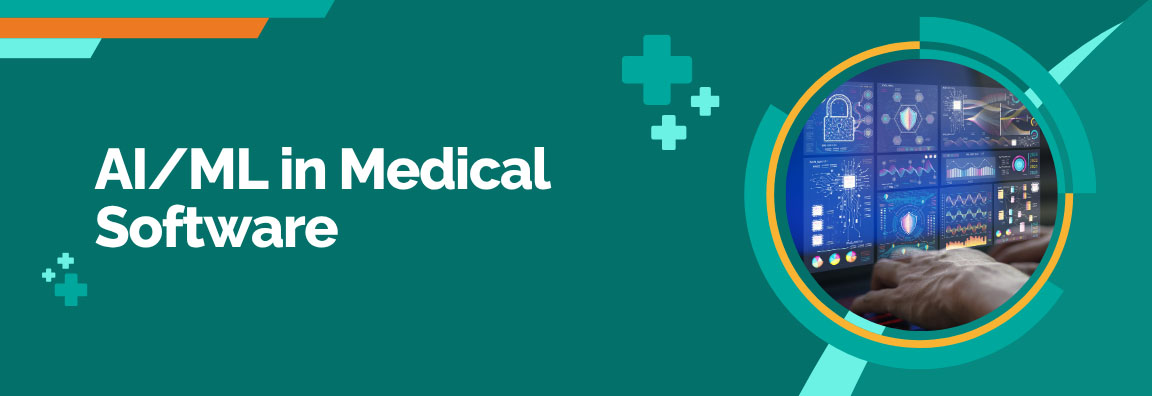
When to use AI
- Triage queues, coding support, summarization, image triage, risk prediction.
- Always define the human-in-the-loop boundary and escalation rules.
Data & bias
- Representative datasets, fairness checks across age/sex/race/locale, frequent drift monitoring.
- Consent for training if PHI is involved; de-identify or use limited datasets with DUAs.
Model governance
- Version datasets, model artifacts, and prompts. Keep a model card with known limits.
- Post-deployment monitoring: calibration, precision/recall, false-positive impact on clinical load.
Regulatory
- Some AI features may be medical device functions. Plan for evidence, labeling, and updates that respect a change-control process.
Implementation Scenarios
Scenario A: Telehealth Platform for a Multi-Clinic Network
Goal: Reduce wait times and no-shows; expand rural access.
Approach: HIPAA-capable video vendor with BAA, SMART on FHIR launch, patient self-scheduling.
Key details: Pre-visit tech checks, low-bandwidth fallback, interpreter services, consent capture.
KPIs: No-show rate, average time to appointment, patient NPS, clinician utilization.
Scenario B: RPM for Heart Failure Patients
Goal: Reduce readmissions.
Approach: Bluetooth scales and BP cuffs, event-driven ingestion, threshold alerts to a nurse dashboard.
Key details: Escalation playbooks, symptom check-ins, education nudges, weekend coverage.
KPIs: 30-day readmission rate, alert fatigue (overrides), nurse time per patient.
Scenario C: Imaging AI Overlay
Goal: Prioritize potential bleeds for radiologist review.
Approach: DICOM feed to inference service, results back to PACS with triage flags.
Key details: False positive cost analysis, clinician override, algorithm version pinning.
KPIs: Time-to-first-read, accuracy deltas, impact on critical findings time.
Roles, Team Structure, and RACI Basics

- Clinical lead (SME): Workflow authority, safety reviewer.
- Product manager: Scope, priorities, value hypothesis, stakeholder comms.
- UX researcher/designer: Low-friction flows, accessibility, content strategy.
- Tech lead/architect: Security, data, integration, performance, observability.
- Engineers (FE/BE/Full-stack/Mobile): Build and tests.
- Data/ML: Pipelines, analytics, model lifecycle.
- QA/Validation: Test frameworks, evidence packs, traceability.
- Compliance/security: HIPAA, FDA/quality, vendor risk, audits.
- Implementation/CS: Training, go-live support, feedback loops.
Light RACI example:
- R: Engineers build; QA verifies; Security tests.
- A: Product and Tech lead approve.
- C: Clinical lead, Compliance.
- I: Exec sponsor, clinic managers.
Timelines & Cost Drivers
Typical drivers:
- EHR integration complexity (Epic/Oracle/athena, app marketplace approvals).
- Regulated scope (SaMD vs non-device).
- Data migration/cleaning, MPI setup.
- Security hardening, external pen tests, HITRUST/SOC 2 ambitions.
- Clinical validation cycles and training.
Rule of thumb phases (illustrative):
- Discovery & design: 4–8 weeks (multi-stakeholder, UX research, architecture).
- MVP build: 12–24 weeks (depends on integrations and features).
- Pilot & validation: 4–12 weeks (usability + safety drills + change mgmt).
- Scale-up: ongoing (role-based enhancements, analytics, optimization).
Measuring ROI (Tie It to Outcomes)
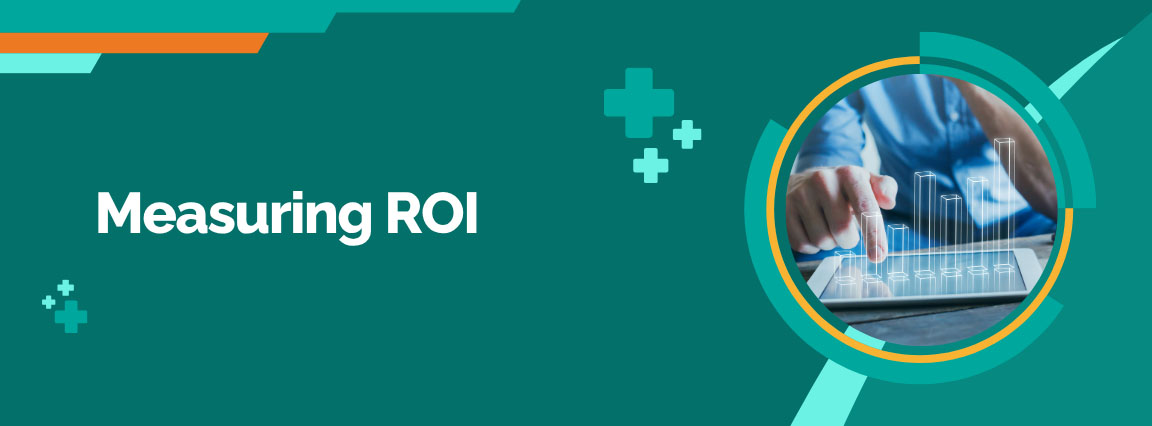
Clinical & operational KPIs:
Time-to-visit, no-show rate, readmission rate, length of stay, average handle time, prior auth turnaround, claim denial rate.
Alert resolution time, documentation time per encounter, patient portal activation, refill turnaround.
Financial KPIs:
Net collection rate, cost to serve, clinician productivity, device utilization, avoided penalties, reimbursement lift from quality measures.
Experience KPIs:
Patient NPS/CSAT, clinician satisfaction, app store ratings, task success time, onboarding completion.
Make ROI tangible: baseline, target, and monitoring plan embedded in your dashboard from day one.
Practical Checklists You Can Use Tomorrow
Kickoff readiness
- BAAs signed?
- Regulatory map approved?
- Stakeholders and decision cadence set?
- FHIR/HL7 connection plan drafted?
- Security baseline and data inventory completed?
Pre-pilot go/no-go
- Test coverage thresholds met?
- Usability acceptance from clinicians and accessibility checked?
- Runbooks and on-call coverage set?
- Training assets published?
- Rollback plan rehearsed?
Post-go-live
- Safety signal dashboard online?
- Feedback loop with weekly triage?
- Release notes with impact call-outs?
- Metrics reviewed with clinic leadership?
Common Pitfalls (and How to Avoid Them)
- Integrating too late: Bring EHR integration to discovery.
- Scope creep without safety review: Small feature isn’t small if it touches meds or orders.
- Skipping consent & transparency: Patients should see what’s shared, why, and for how long.
- Ignoring accessibility: It is both a compliance and equity issue.
- Underfunding change management: Adoption is a deliverable, not an afterthought.
- No post-market plan: Monitor, learn, iterate; publish safety-relevant release notes.
FAQs
Q1. Do I need FDA clearance for my medical software?
Not always. If your software performs medical device functions (diagnose, treat, mitigate disease), it may be SaMD and subject to FDA controls. Decision support that only informs clinicians, with transparent logic clinicians can independently review, may fall outside device scope. When in doubt, complete a regulatory assessment early.
Q2. Is HIPAA enough for security?
HIPAA sets a baseline. Many providers and payers also expect HITRUST or SOC 2 reports for assurance. Strong security is table stakes: encryption, least privilege, monitoring, incident plans, and vendor risk management.
Q3. How hard is EHR integration?
Expect effort. SMART on FHIR makes app launches and data access easier, but you still need scopes, app approval, and robust mapping to clinical vocabularies. Factor in environment by environment onboarding (dev/test/prod) and site-specific workflows.
Q4. Do I need HL7 v2 if I’m using FHIR?
Often yes. Many hospitals still rely on HL7 v2 feeds for admissions, orders, and results. Your integration layer may need to handle both.
Q5. What’s the fastest way to prove value?
Pick a narrow, high-impact workflow (e.g., refill renewals, teletriage routing). Instrument metrics from day one and run a time-boxed pilot with clear success criteria.
Q6. How do I manage patient identity across systems?
Use or connect to a Master Patient Index. Combine deterministic and probabilistic matching, and set up manual resolution with audit trails.
Q7. We want AI. Where do we start safely?
Start with low-risk augmentations (summarization, routing suggestions) with a human-in-the-loop. Build data governance and monitoring, and document known limitations.
Q8. What about accessibility and languages?
Follow WCAG 2.2 AA, support screen readers and keyboard navigation, and provide clear plain-language content. Offer translated content where appropriate and culturally sensitive UX.
Q9. How do we price and plan an MVP?
Tie scope to one or two KPIs that matter to your organization. Budget for integration, validation, and change management, not just feature build.
Q10. What documentation do buyers ask for?
Security overview, HIPAA risk analysis summary, BAAs, architecture diagram, data flow, disaster recovery plan, pen test summary, SOC 2/HITRUST (if available), and clinical validation/usability notes.
A Simple, Reusable Blueprint
- Define the clinical problem and risk class.
- Map workflows with clinicians and patients; design for the fewest clicks.
- Choose architecture and PHI boundaries; plan FHIR/HL7 integrations.
- Bake in security and consent from the first commit.
- Implement with traceability: requirements → code → tests → validation.
- Validate with real users; verify safety and accessibility.
- Pilot with canary sites; measure KPIs and safety signals.
- Scale with governance: release notes, model cards (if AI), and post-market monitoring.
Long Conclusion: From Idea to Impact—Partner With a Team That Lives Healthcare
Medical software development is a team sport. Success is not just the feature list. It is safety, adoption, measurable outcomes, and trust. Whether you are a provider group rolling out telehealth across clinics, a payer modernizing prior authorization, or a medtech company building SaMD, the path to value looks similar: deep workflow discovery, solid interoperability, security by design, honest validation, and relentless iteration.
If you want a partner that brings clinical empathy, engineering rigor, and regulatory clarity—and will stand with you from discovery through post-market monitoring—Trantor Inc. can help you plan, build, validate, and scale secure, interoperable medical software that clinicians love and patients trust.
Learn more and start a conversation with us
